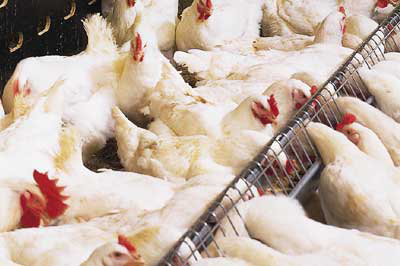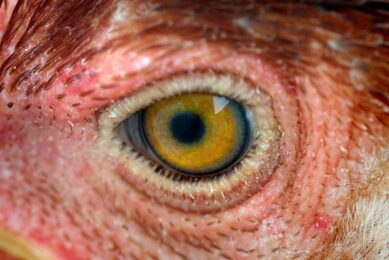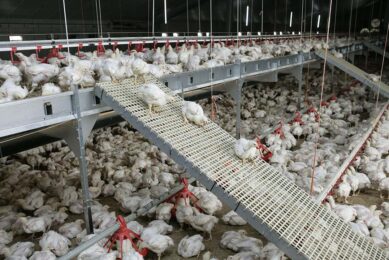New phenotypes for new breeding goals in layers

Upcoming nesting behaviour traits, such as the exact oviposition time or the time spent in the nest, have a direct impact on economically relevant aspects.
By: W. Icken, D. Cavero, M. Schmutz and R. Preisinger
Hens which stay for a long time inside the nest box, require more nest capacity which result in higher investments for the farmer. This is similar to flocks in which most of the layers have the need to lay their eggs in a short time frame during the day.
For both of these nesting behaviour traits, published data have shown strain differences. While brown layers are more relaxed in terms of their oviposition time, almost 90% of a white layer flock lay their eggs within 3 hours during the morning. Additionally, a white layer on average occupies the nest 15 minutes longer than a brown layer.
The estimated heritabilities for both traits are on a medium level of around h² = 0.25, and are therefore susceptible to genetically-linked changes. Lower heritabilities are estimated for indirect nesting behaviour traits such as the time interval between two consecutively laid eggs (h² = 0.09) or the total clutch size (h² = 0.25). Ranging behaviour traits also show heritabilities on a medium level. The published heritability for the frequency of passages as well as for the length of stay in the winter garden is h² = 0.24, however, their relationship to the most important selection trait ‘egg number’, is negative.
The laying performance tested with the Funnel Nest Box (FNB) show differences to the recorded egg number of full sibs which have been tested in cages. Tabled genetic parameters showed low correlations for the egg number at peak production (rg = +0.2 to rg = +0.4) which could be explained by genotype x environment effects. Other traits like egg weight, early egg production and body weight show high correlations between both testing environments.
| This is an abstract from the World’s Poultry Science Association’s Journal. To purchase report options: Purchase this report from Cambridge Journals Subscribe to WPSA journal (already a WPSA member) Become a WPSA member (word file) (pdf file) |
Join 31,000+ subscribers
Subscribe to our newsletter to stay updated about all the need-to-know content in the poultry sector, three times a week. Beheer
Beheer








 WP Admin
WP Admin  Bewerk bericht
Bewerk bericht